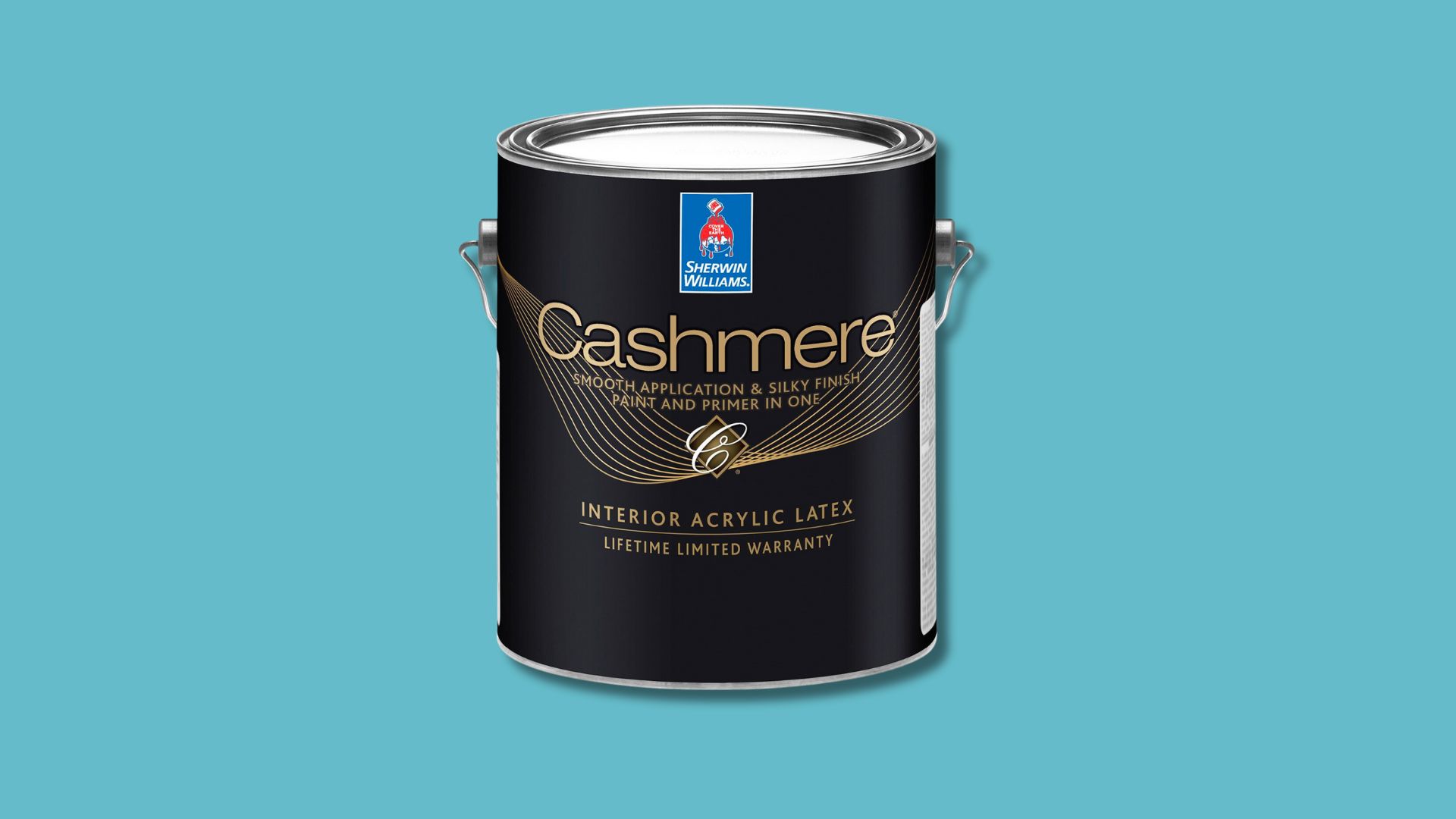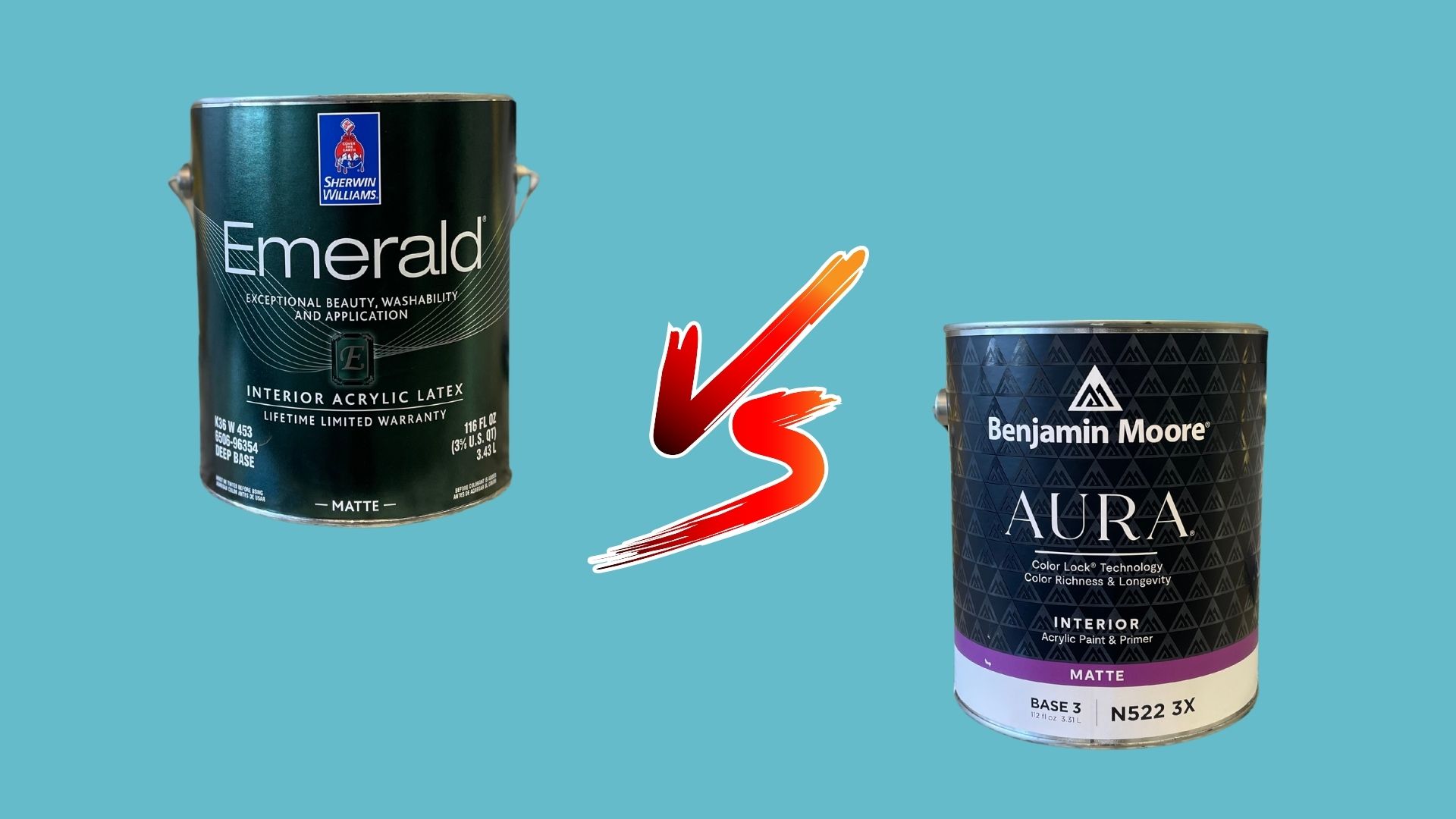Sherwin-Williams Cashmere Review
In-Depth Analysis of Sherwin-Williams Cashmere Paint
Finding the right paint for a DIY project can be tricky. There are so many options available on the market and it can feel overwhelming parsing through them. However, if you have a DIY project you are working on, we have a recommendation that will save you all that time and effort.
Sherwin-Williams Cashmere is the ideal paint for DIY projects. The paint’s auto-leveling qualities can yield great results, even if you have very little experience painting.
Read more below to learn why this is the best paint for your DIY project.
Recommended reading:
Sherwin-Williams Emerald vs Cashmere
Sherwin-Williams Emerald vs Cashmere If you are repainting your home interior, you want to use the best product possible. Two of…
Sherwin-Williams Cashmere Review
Sherwin-Williams Cashmere Review In-Depth Analysis of Sherwin-Williams Cashmere Paint Finding the right paint for a DIY project can be tricky. There are…
Sherwin-Williams Emerald vs Benjamin Moore Aura
Sherwin-Williams Emerald vs Benjamin Moore Aura Benjamin Moore Aura and Sherwin Williams Emerald are the top-of-the-line products from these two brands….
PPG vs Sherwin-Williams
PPG vs Sherwin-Williams Comparing Major Paint Brands and Product Lines Sherwin Williams and PPG are two of the largest paint manufacturers in…
Sherwin-Williams Emerald vs PPG Ultralast
Sherwin-Williams Emerald vs PPG Ultralast We continue comparing the best premium paints as we look at Sherwin Williams Emerald vs PPG…
Sherwin-Williams Duration vs Emerald
Sherwin-Williams Duration vs Emerald Today we will compare Sherwin Williams Duration vs Emerald. These are the top two interior paint products…
COVERAGE AND APPLICATION
Coverage refers to how much surface area a paint will cover, measured in square feet per gallon (sq. ft/gallon). According to their product page, Sherwin-Williams Cashmere is rated to cover 350-400 sq. ft/gallon. That puts it on par with its more premium products, and even outdoes the coverage of Duration.
Coverage is only one part of the story, though. You will always want to apply two coats of product. This allows the paint to shell up and create a more durable surface.
The other part of the story is application. As we mentioned, Cashmere has auto-leveling qualities that make the paint incredibly easy to apply. This auto-leveling reduces the likelihood of drips and sags, creating a uniform surface with minimal effort.
Premium paints, like the products we use, require a more experienced hand for the best results, but they handily outperform Cashmere in other ways.
DURABILITY AND FINISH
Durability is where you will see the biggest difference between the DIY-friendly Cashmere and other, more premium products. While Cashmere is more washable than big box store paints, it doesn’t perform the same way as premium products. When you wash Cashmere, it is prone to failure.
That’s because premium paints have higher quality resins and additives that make them more durable. Premium paints can also hold up better to scuffs, burnishing, and other damage.
The last thing to consider is the finish and longevity. Cashmere smooths out very well and creates a great looking surface, but the amount of vinyl in the formula makes the surface quite sticky. The color in the paint will only last for a few years before fading out too. Lighter colors tend to yellow.
Compare that to a product like Sherwin Williams Emerald, which has a smooth surface that matches the original feel of the wall. The color in a premium product like Emerald will also last for 10 or more years, with the actual product lasting much longer than that.
PRICE
The last thing to consider is price. Sherwin-Williams Cashmere retails for $70-$75, which puts it on par with Sherwin-Williams Superpaint. Superpaint is certainly the more durable of the two products, but it lacks the auto-leveling features of Cashmere.
Cashmere is a midrange paint, but it is priced at the high-end of that. There are more durable paints like PPG Hi-Hide Ceramic Matte that you can get for even less than that.
It’s worth noting that these are retail prices, and a professional contractor can get these at a significant discount.
SHERWIN WILLIAMS CASHMERE IS THE IDEAL DIY PAINT
Sherwin-Williams Cashmere is the ultimate paint for DIYers. Its auto-leveling features make application incredibly easy, but it does have drawbacks. It’s not as durable as premium paints, and the color will fade out in a few years.
If you want a paint job that will last for years, we recommend working with a professional painter that can deliver a paint job that will last for years to come.
But if you love doing things yourself, Cashmere is an excellent product to use. Just expect to do the work again in a few years.
If you need a quote on an interior paint project, fill out the form below to get a free estimate from Heritage Custom Painting. Our team will provide a detailed and accurate quote, and we offer complementary color consulting services to all of our clients.
Get a Free Quote From Heritage Painting
Fill out the form below and experience the difference today.






